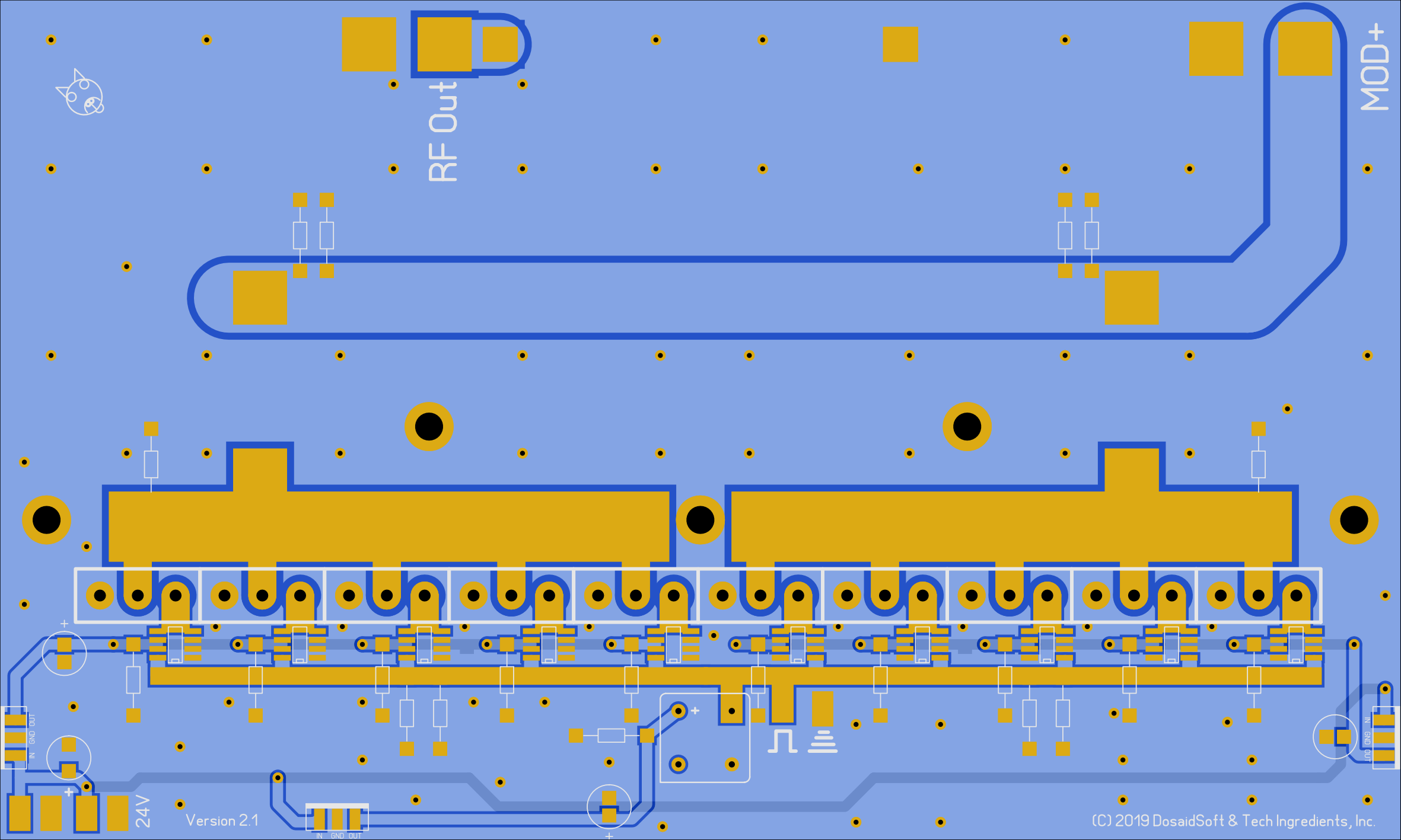It’s been forever since I did an update. A lot of my stuff is in video form on youtube now. If anyone is still reading this blog, please leave a comment (even if you don’t have much to say).
Anyway, something that I’ve been looking for, for the longest time is a high speed ethernet data modem that works on either VHF or UHF low band (50 – 500 MHz). Such a device would be essential to have in either developing countries or areas where internet is hardly accessible. The VHF low band is empty now. Keep in mind that this is probably not legal in the land of the “free”, so this should only be implemented in other countries. However, testing with only a few mW in the 72 – 76 MHz license free band – I believe 1W is allowed here, but please check.
(Side Note: Part of the reason why everything is made in China is NOT just the low cost, but it’s the lack of ancillary rules that prevent efficient cheap production and innovation. Something like this would be very useful, but nope, the psychos say we can’t do it. Ham radio was meant to be about experimentation, but now there is very little actual innovation because all the rules are set. Now it’s just a place for people who want to use pre-made stuff or if they do build their own, it has to be a specific way that doesn’t allow for new developments. Now SDRs have opened a gateway to endless possibilities, but most of which would not be allowed.)
~70 MHz is a perfect frequency to use because it travels long distances with little power. It’s not so low that it begins to act like HF however and bounces off the ionosphere causing distortion. I believe it to be the best band for a high speed data link. The system could use QAM64 or other QAM to send data fast with lower bandwidth usage. 1 MB/s should be easily attainable and it will use way less bandwidth than a TV station.
When you go searching for radio data links, you’ll either find some really cheap Chinese RS232 or 485 serial port modems that claim speeds of up to 115kbps (which is the max for serial) or you’ll find expensive boxes made by companies that are too afraid to show you the price 🙂 The speeds of the Chinese are a complete lie. These devices can only transmit data at around 1 KB/s max. I’ve tested several of them. This may be good enough for a simple texting program however. I actually made one a few years ago that even had PGP integrated, but it was buggy and too slow to send anything other than text messages.
So I believe the best way forward is to use the LimeSDR. Many SDRs don’t even transmit, but most of the ones that do are not very clean (unless you’re talking about the elite ones, like ettus research). The Lime should be clean and it works with GNU radio which is what I’ll be using to implement the data link. The great thing about GNU radio is that it is a visual block diagram type programming system for digital radio. You can make literally anything you want in there. Including an old fashioned ham SSB transceiver, etc. The only thing I don’t like is that it seems buggy on Windows. GNU radio also appears to have an ethernet source/sink. This means it can interface with an ethernet port using what I think is called Tun-Tap. This should make it possible to send data from the ethernet port directly into the radio. Will it work? I have no idea because the information on using this part of the software is very sparse. I know the QAM part of it will work though. It’s just a matter of getting the Ethernet data in. There’s a guy who demonstrates using the LimeSDR to send files here: http://coolsdrstuff.blogspot.com/2018/08/transmitting-with-limesdr-mini.html
If the ethernet part doesn’t work, I can always use it just to interface with my chat program. It’s kind of like telegram (the software). Where you can text and send data/image attachments. This part may be more practical if the ethernet link doesn’t work.



